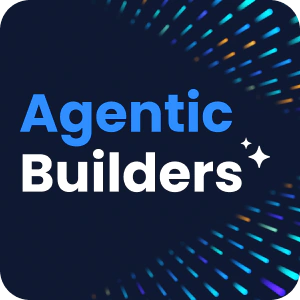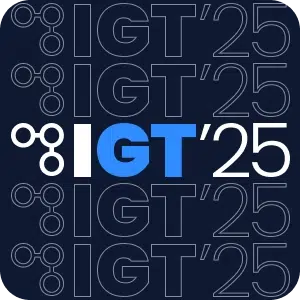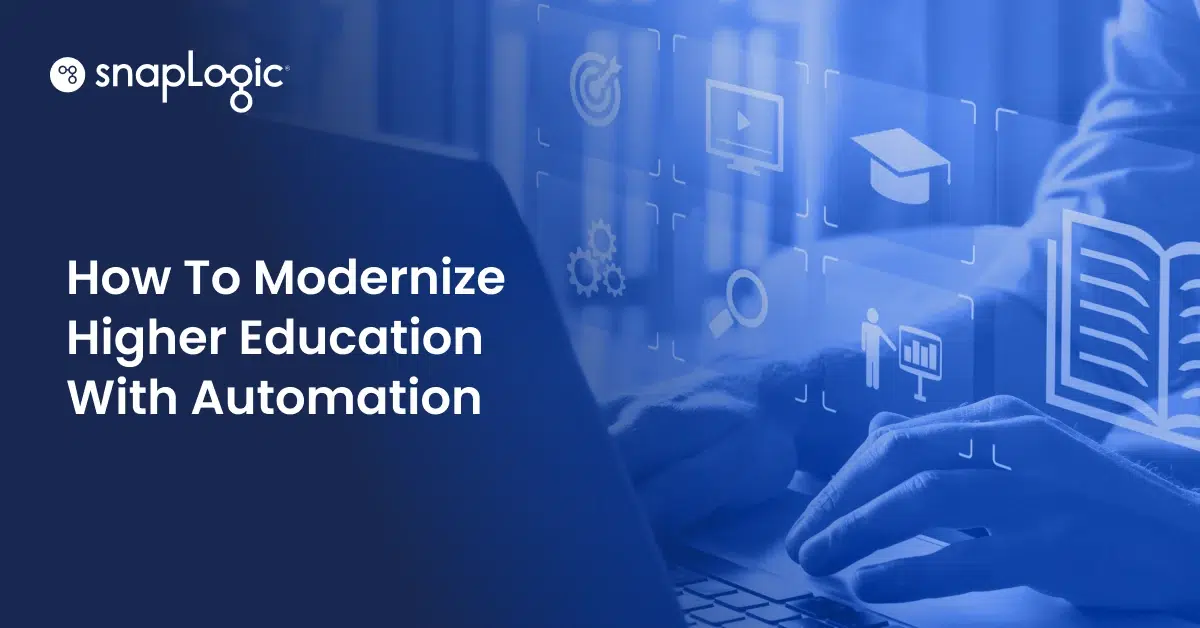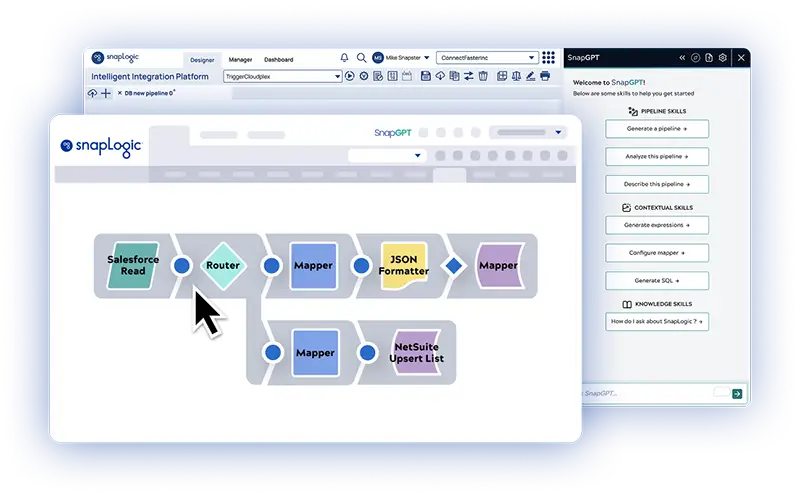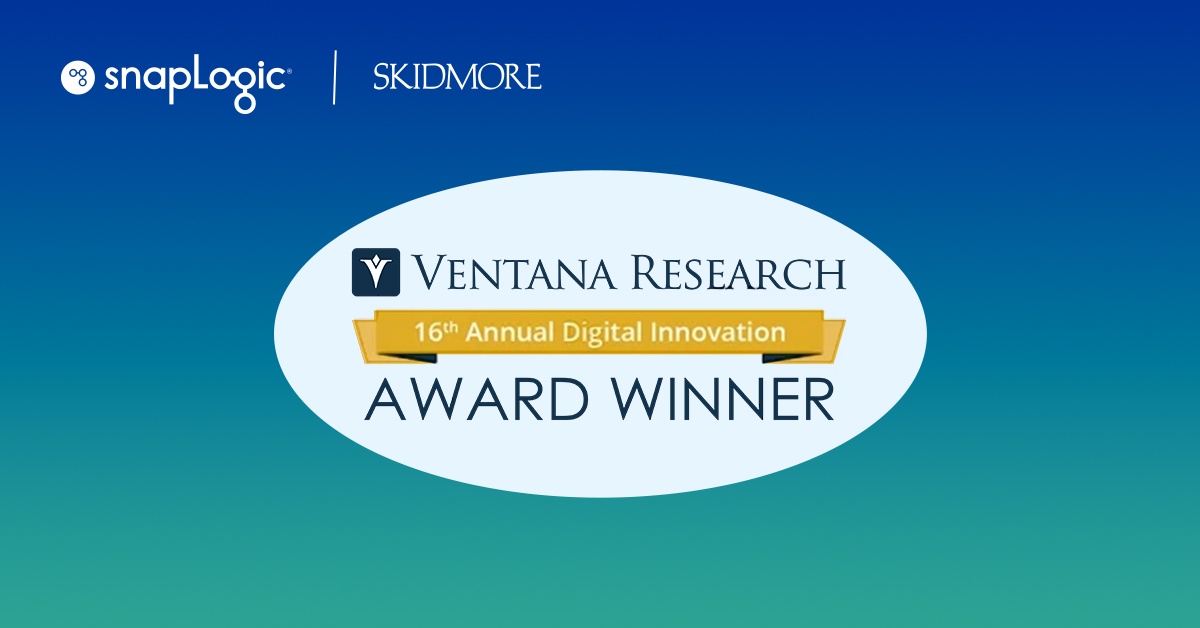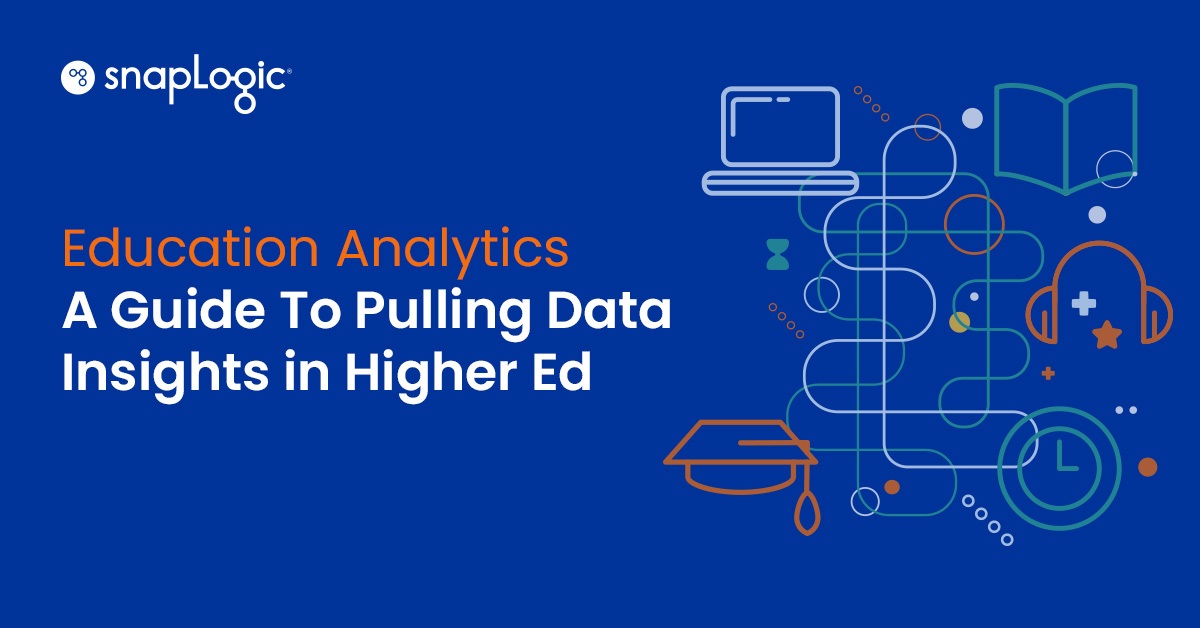We’ve returned from another illuminating experience at the NERCOMP Annual Conference. The NorthEast Regional Computing Program (NERCOMP) partners with EDUCAUSE to bring together IT professionals, faculty, researchers, students, and institutions to engage, network, and learn from each other’s experiences in advancing innovation and leadership in higher education. The focus of the event was bridging the gap between people and technology, to build stronger and more sustainable educational institutions.
One of the most critical elements to bridging this gap is integrating data and systems. However, data and application integration for higher education institutions often presents several challenges due to the complex nature of the academic environment and the diverse array of systems and stakeholders involved.
In the wake of aging servers and on-premises software, many institutions find themselves grappling with high maintenance costs, intricate integrations, and a lack of expertise. Let’s take a look at some of the most common data challenges for colleges and universities.
Common data challenges in higher education
1. Diverse systems and data sources: Higher education institutions typically use a wide range of systems and applications to manage various functions such as student information, admissions, financial aid, human resources, and learning management. Integrating data from these disparate systems can be challenging due to differences in data formats, structures, and protocols.
2. Data silos: Data silos are common in higher education institutions, where different departments or units maintain separate databases and systems that are not easily accessible or integrated. This fragmentation of data makes it difficult to gain a comprehensive view of students, faculty, courses, and institutional performance.
3. Legacy technology: Many higher education institutions rely on legacy systems that may be outdated, inflexible, or incompatible with modern integration technologies. Integrating data from these legacy systems can be complex and time-consuming, requiring custom development and careful coordination with system owners.
4. Regulatory compliance: Higher education institutions are subject to various regulatory requirements related to student privacy, financial aid, accreditation, and reporting. Ensuring compliance with these regulations while integrating data from multiple sources requires careful planning, data governance, and security measures.
5. Data quality and consistency: Maintaining data quality and consistency is a significant challenge in data integration efforts. Higher education institutions may encounter issues such as duplicate records, inconsistent data formats, and incomplete or inaccurate information, which can hinder decision-making and operational efficiency.
6. Interoperability: Achieving interoperability between different systems and applications is critical for seamless data exchange and workflow automation. However, interoperability challenges may arise due to differences in system architectures, APIs, and data standards, requiring careful mapping and transformation of data.
7. Stakeholder Collaboration: Successful data integration in higher education institutions requires collaboration and buy-in from various stakeholders, including administrators, faculty, staff, students, and IT professionals. Aligning priorities, resolving conflicts, and ensuring that integration efforts meet the needs of all stakeholders can be challenging.
8. Resource constraints: Higher education institutions often face resource constraints, including limited budget, IT staff, and expertise. Implementing data integration solutions may require significant investments in technology, infrastructure, training, and support, which may be challenging to justify in the face of competing priorities.
Addressing these challenges requires a comprehensive approach that includes strategic planning, stakeholder engagement, data governance, investment in modern integration technologies, and a commitment to continuous improvement.
Modernization success stories in higher ed
The journey from legacy systems to modern cloud applications is a pivotal transformation for organizations seeking to optimize operations, enhance efficiency, and embrace digital innovation.
Here are some real-world examples of organizations embarking on the modernization journey, leveraging a modern integration platform, data migration strategies, and API ecosystems to propel themselves forward in the digital age.
Data migration to the cloud
Skidmore College had relied on aging servers and software housed on-premises to power its most essential systems. This infrastructure not only incurred high maintenance costs but was also becoming increasingly unwieldy. The legacy systems they relied on had integrations that were notoriously complex, lacked proper documentation for troubleshooting, and demanded expertise that was challenging to source for modernization.
SnapLogic’s integration platform replaced manual data entry and processing with automated operations. The platform made it easy to extract, transform, and load data from diverse sources, ushering in a new era of real-time data availability and drastically reducing manual errors. Outdated and cumbersome systems were transformed into efficient and responsive entities.
With a modern integration platform, Skidmore College has seen the following benefits:
- Integration among student platforms and operational systems
- Migration from its on-premise infrastructure to Oracle Cloud
- Streamline critical student processes, including admissions, enrollment, tuition payments and IDs
“The product is very intuitive, and we were able to certify 4 developers in a matter of weeks.”
Assistant Director of Application Development, Enterprise Systems
Modernization from legacy systems
Rhodes College embarked on an ambitious five-year migration project to transition from legacy systems to Workday. The project encompassed a wide range of critical processes, including student lifecycle management, alumni relationships, financial operations, and more. Although Workday has many native integrations, the college had several other non-Workday systems that required custom integrations to Workday or other non-Workday systems.
This was a major blocker for the integration team because there weren’t always readily available APIs that connected their non-Workday systems. The team would either depend on a costly third-party implementation or somehow create the custom integrations themselves, if it was possible at all.
SnapLogic helped Rhodes College:
- Reduce legacy on-prem ERP and SIS systems from 22 to 1
- Unlock analytics for business metrics, student course resourcing, student cafeteria payments, and more
- Save 50% on costs vs. hiring a Workday implementation partner
“The whole point [of the migration] was to simplify the student experience while modernizing the underlying technology and making it more resilient. SnapLogic has been transformative, allowing us to tie very different systems together under the hood while still providing a consistent, easy experience to our students.”
Director of Infrastructure and Enterprise Applications
Faster integrations and processes
At Boston University, challenges with the university’s data architecture presented hurdles to students, faculty, and professional staff moving seamlessly from one system to another. The university relied heavily on the IT department to connect systems and automate processes like research operations, class scheduling, financial processes, building access, and others. In the admissions area, some processes relied on older technologies that were labor intensive for staff to maintain. In research, the faculty needed a more seamless connection between training systems and research compliance tracking.
One of the main problems with the university’s data architecture lay in its approach to data integration. IT used a mix of homegrown ETL tools built out of Java and Pearl as well as a legacy data integration tool. They also created elaborate workarounds on the mainframes to complete integration tasks. These approaches required continuous manual support and maintenance. Despite having ETL and data integration tools, IT had to submit support tickets to their data integration vendor and manually write/rewrite code to fulfill integration requests whenever the data source code had to be changed.
BU selected SnapLogic to optimize the university’s application submission process for the Admissions and Financial Aid offices, and automate processes like research operations, class scheduling, building access, and others.
Additional benefits included:
- Uptime speed improved by 2X for quicker application connections and data migration
- Faster, trouble-free student application processing
- A seamless identity and access management process
- Improvements to information, research quality, and physical security
“SnapLogic enabled us to reduce our time to connect applications and move large volumes of data by half!”
Assistant Director, Integration
By modernizing their systems through a data and application integration platform, higher education institutions can unlock the full potential of their data, improve operational efficiency, and enhance the student experience. Learn more about SnapLogic for higher education.
